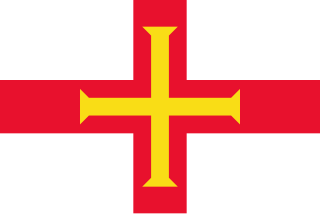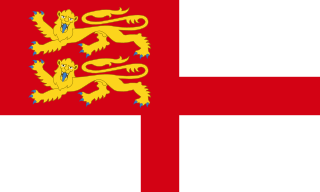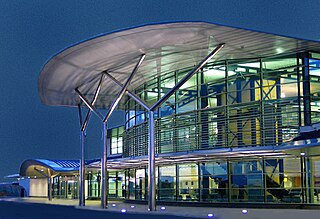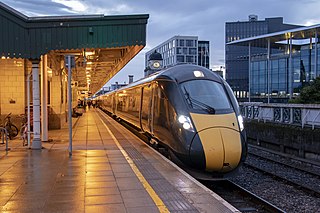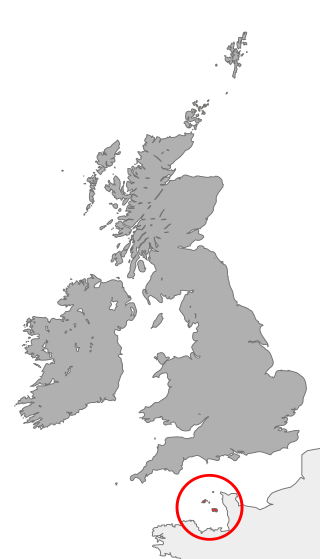Road transport

Traffic in Guernsey drives on the left. Roads are generally narrow, with an all-island speed limit of 35 miles per hour (56 km/h), however lower speed limits apply on certain roads. There are seasonal speed limit changes which sees the speed limit of 35 miles per hour reduced to 25 miles per hour (40 km/h) on some coast roads during the summer months. [1]
Motor tax was abolished in Guernsey from 1 January 2008. Vehicle registration plates in Guernsey carry between one and five numerals only; the international identification sticker/plate is "GBG".
Most road markings are the same as the UK, with the exception of:
- A yellow line across the exit of a minor road means stop and give way to traffic on the major road. A yellow arrow painted on the road gives warning of a yellow stop line ahead.
- Junctions marked filter-in-turn. At these junctions all directions have equal priority.
- Yellow kerb side no stopping lines are single lines and mean you must not stop for any reason, other than to avoid an accident.
Buses


Bus services are operated by CT Plus Guernsey on behalf of the Environment Department of the States of Guernsey (the island's government). CT Plus was acquired by Tower Transit, owned by Kelsian Group, in September 2022 following the administration and subsequent collapse of CT Plus's parent company HCT Group. [2] [3] The service is currently branded as Buses.gg, with all service routes operating to and from the Town Terminus Bus Station in St Peter Port.
Vehicles used are based on buses used in the UK but with a slightly narrower construction, to allow them to circulate on the island's narrow roads, with the legal limit of 2.31 meters (7' 6¾"). Several narrower (and shorter) StreetVibe buses arrived from May 2017 onwards. [4]
Most bus fares have a fixed price of £1.50 per journey, [5] however fares also alternate depending on service types. Payments can only be made by contactless or by 'Puffin Pass', these passes come in different varieties covering Pay As You Go which is reduced to 75p, unlimited travel for a day or more, student passes for ages 5-16, concession cards for ages 65+ and family travel passes which are also available. 1.65m journeys were taken in 2016. [6] Bus usage increased year on year reaching a record high of 2 million journeys in 2019. However, usage subsequently fell due to the COVID-19 pandemic. In March 2023, monthly usage was higher than pre-pandemic levels for the first time. [7]
Private hire coaches and coach tours are available primarily from Island Coachways, and other companies.
Cycling
Cycling is encouraged in Guernsey. Although there are currently a small number of cycle lanes on the island, the Ruettes Tranquilles provide safer and more pleasant cycle-friendly roads. The States of Guernsey provides details of cycling laws and recommendations for safety as well as details of cycle hire businesses.
Taxis
Guernsey has a regulated, licensed taxi service based at ranks in central St Peter Port and at Guernsey Airport. Taxis can also be called or phoned.
Accessible taxis capable of transporting a wheelchair passenger and with improved lighting to assist people who may have a visual impairment are available.
Visit Guernsey website has a list of taxi operators.
Carbon output
With effect from 2030 the sale of new combustion engine cars will be banned, this forms part of the net-zero climate change plan. [8]

